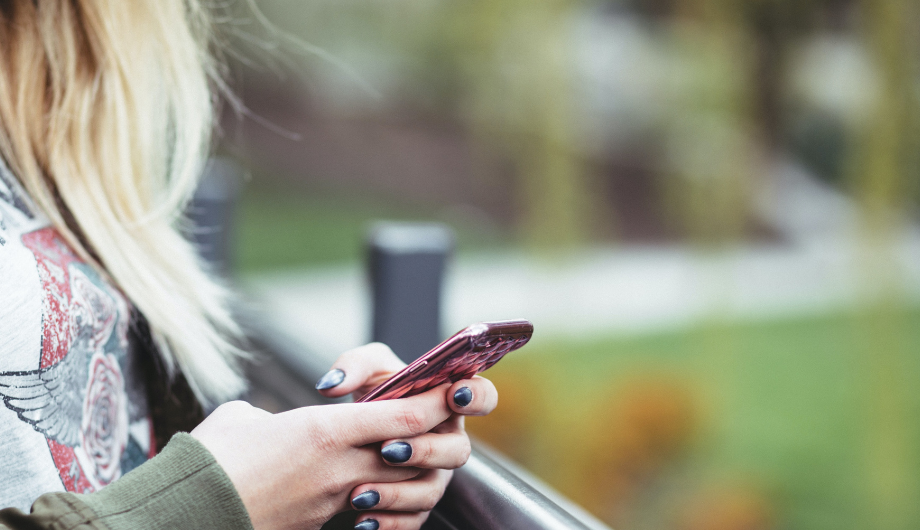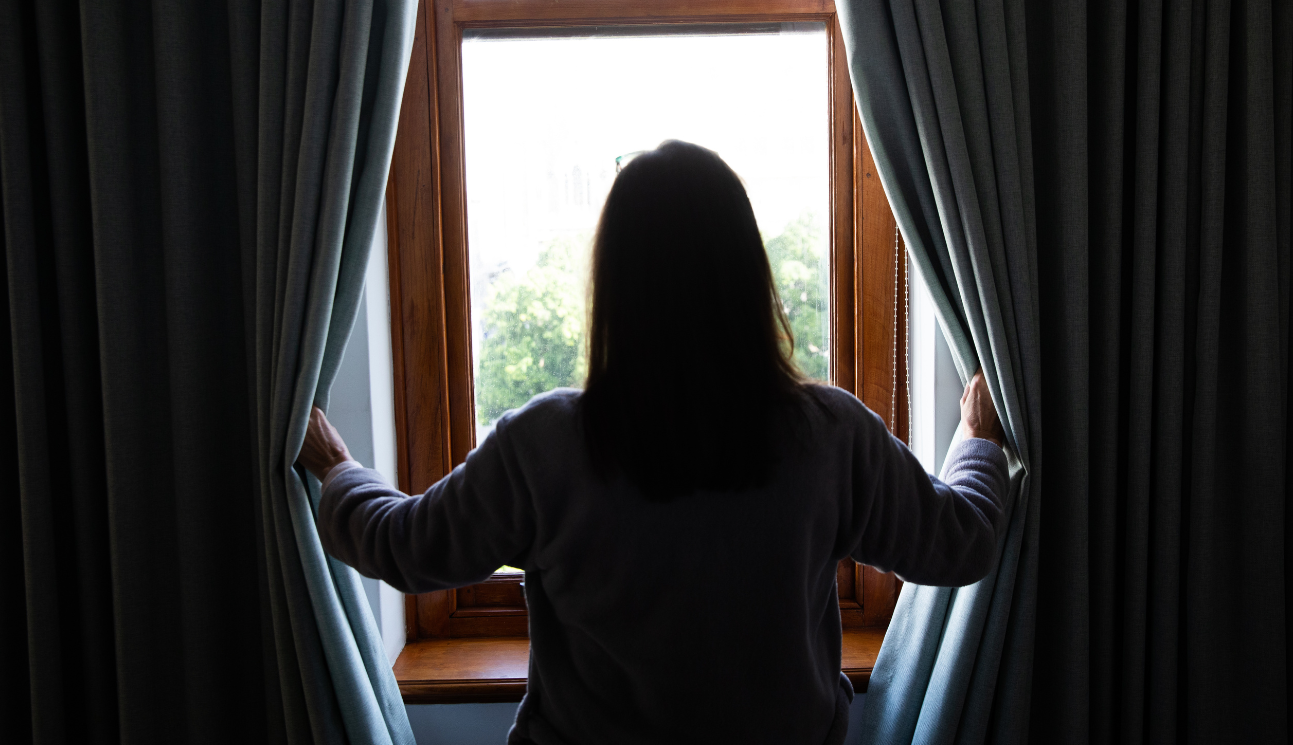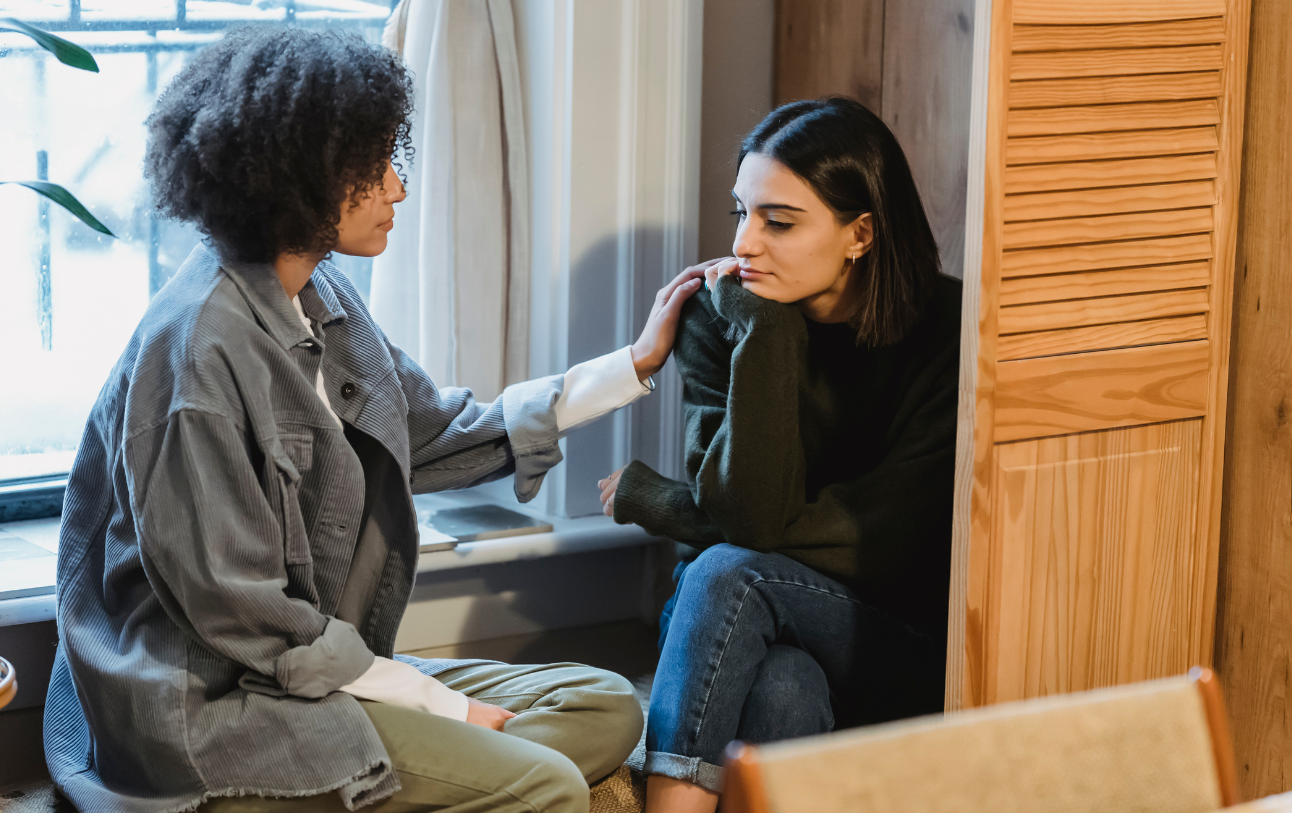For someone experiencing domestic abuse, it can feel like every aspect of their world is controlled by the abuser — and the online world is no different. Although technology can help victims to access information and support, it can also provide abusers with even more ways to threaten and control.
Safety planning used to focus on asking victims and survivors to reduce their use of technology, delete social media accounts and get rid of their smartphone.
But this isn’t only unrealistic — it punishes the victim, cuts them off from their support and social networks and leaves them isolated.
Instead, we need to concentrate on how to use technology safely and address any potential risks.
-
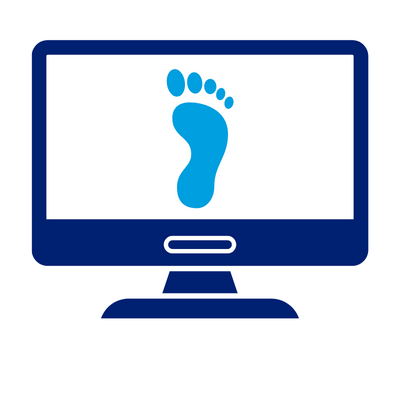 Think about your digital footprint
Think about your digital footprintLook at all areas that you use tech in your life and consider if you need to improve your understanding, update your security or restrict your visibility.
-
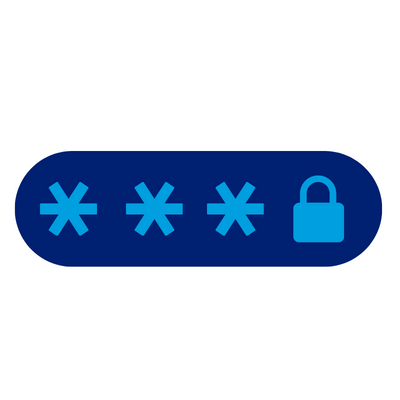 Be password savvy
Be password savvyStrong passwords are crucial to protecting our accounts. Change usernames and passwords, even if you don't think they've been compromised. You can use a password manager to help. Also consider using two-step verification for added security.
-
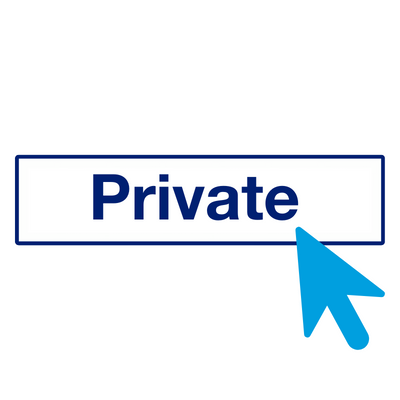 Check security settings
Check security settingsUpdate security settings on social media accounts so that only the people who you want to connect with can see your posts, photos and information. See below for links to change your settings.
-
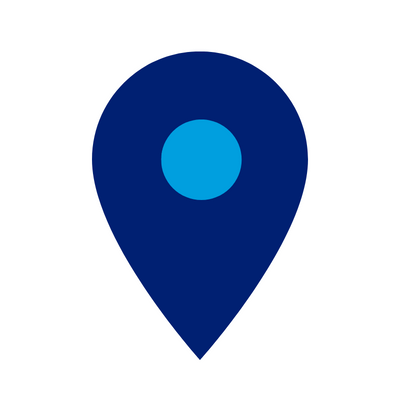 Be aware of location settings
Be aware of location settingsLots of apps and software record information about your geographical location, and this information could be misused by someone with access to your accounts or devices. Check which apps are using location settings and then turn off any that you don’t need.
-
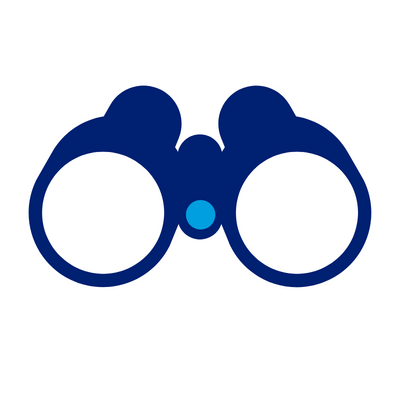 Think about tracking
Think about trackingThere are many ways that tech can allow a person to follow your movements. The most common way is via apps that you have installed yourself, which another person then accesses information from. To minimise the risk of this, consider turning off tracking apps when not in use e.g. ‘find my friends/phone/tablet’, GPS fitness trackers, satnav.
-
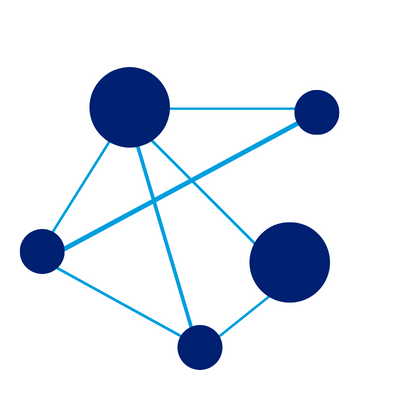 Break the connections
Break the connectionsDo you have any connected or joint accounts? Could these have been installed on more than one device and could give someone access to your information or devices? This could include accounts for iTunes, app stores, Google Play store, eBay, Amazon, Kindle and others.
-
 Consider other tech at home
Consider other tech at homeAre there smart home devices e.g. Amazon Echo (Alexa), Google Home, a smart thermostat, house alarm system or other controls that can be accessed remotely and could be used to monitor or impact you? Change the passwords on these, to ensure that only trusted people can access them.
-
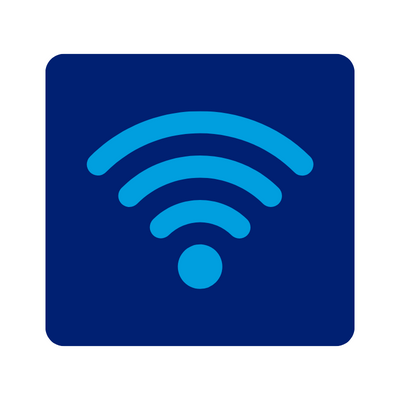 Secure your home WiFi network
Secure your home WiFi networkA person may be able to access your devices via the WiFi network, which will be accessible without you being inside your home. Change the login details and password so that your network cannot be accessed without your knowledge.
-
 Be camera aware
Be camera awareCameras and devices can be accessed remotely or activated by apps. Cover the webcam on your computer/tablet when not in use.

